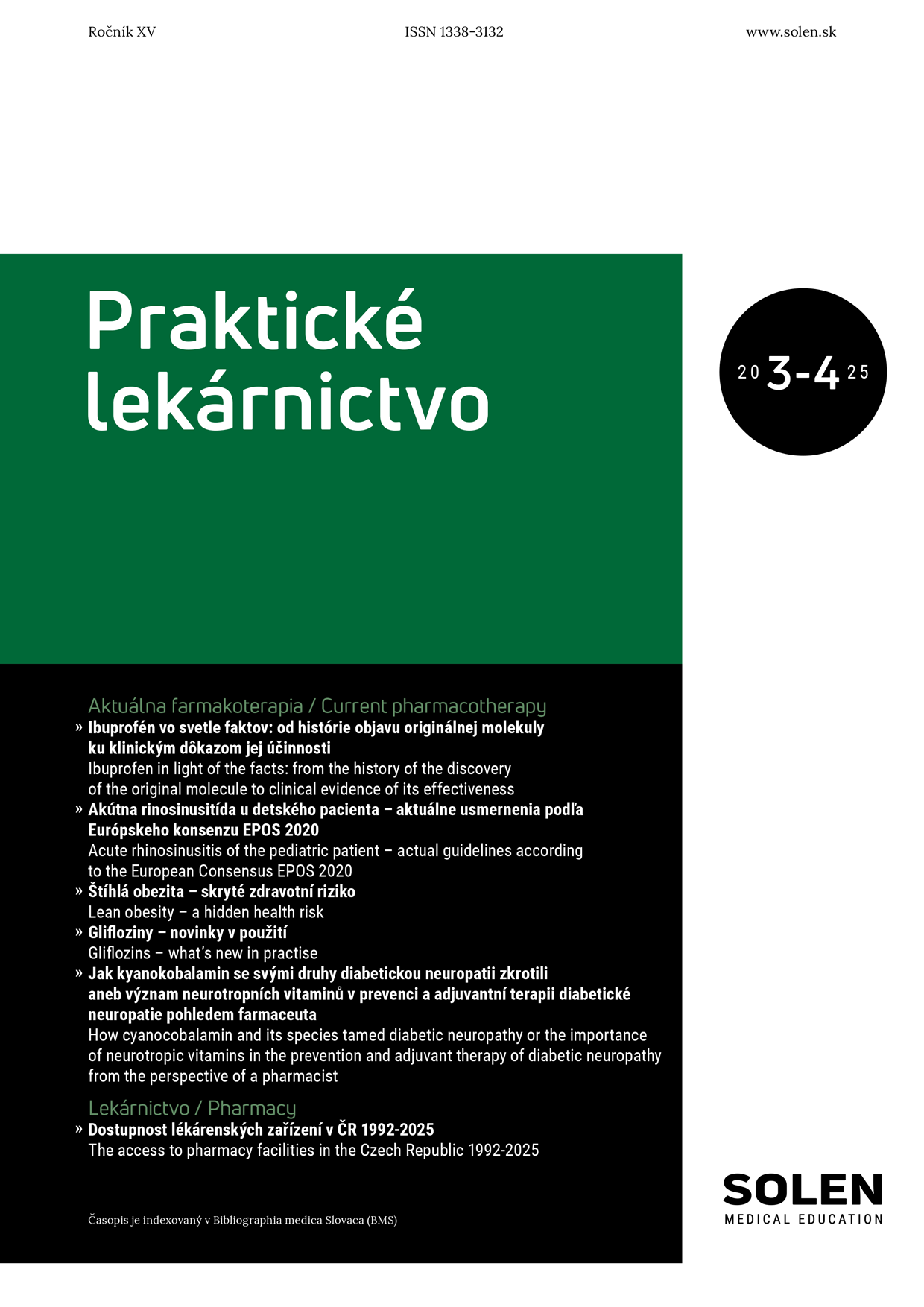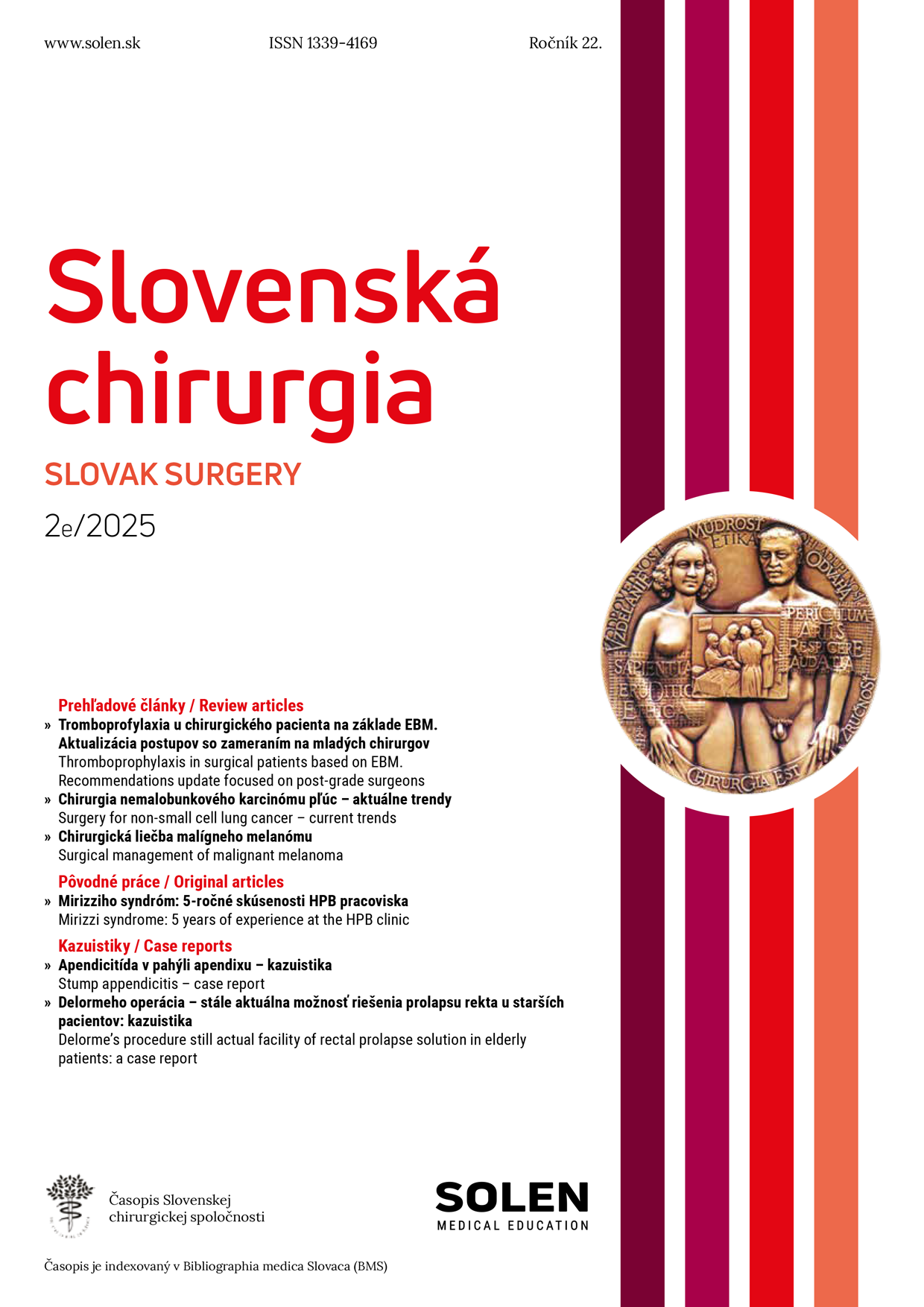Anestéziológia a intenzívna medicína 1/2017
General versus regional anaesthesia for carotid endarterectomy? Comparison of perioperative complications incidence at general anaesthesia and cervical block
Background: Carotid endarterectomy (CEA) is performed for several decades in order to primary or secondary stroke prevention. During this period of time the strategy of anaesthesia for this type of surgery has been changing. In present days it still remains unclear whether regional anaesthesia represented mainly by cervical block or general anaesthesia is safer method. Methods and objectives: Authors in this observatory retrospective (years 2009 – 2013) trial evaluated CEA perioperative neurological, circulatory and other specific complications incidence by the type of anaesthesia. The aim of the trial was to assess whether regional anaesthesia (represented by cervical block) or general anaesthesia is associated with lower incidence of selected perioperative complications in analysed group of 339 inpatients which was divided in two subgroups by the type of anaesthesia (general anaesthesia, GA) 105 patients and cervical block (CB) 234 patients. Statistic analysis of perioperative complications in this two subgroup was done by Chi-quadrat and Z-test. Results: In CB there is 2,1-times significant higher incidence of arterial hypertension during CEA in comparison with GA (36% vs 17%, p=0.0005). The shunt was needed in nearly 100% GA, but only 13,2% CB (p<0.0001), conversion on GA was performed in 4.7% cases of CB. Bradycardia and hypotension were observed in CB with 2,7-times(14% CB vs 38% GA, p<0.0001) and 1.9-times (18% CB vs. 34% GA, p=0.001) statistical significant lower incidence than in GA for CEA. Data from our trial confirm statistically significant lower incidence of postoperative haematoma(1.6% CB vs 8.6% GA, p=0.0023) in site of surgery and dysphony (2.6% CB vs 8.6% GA, p=0.0129) in patients undergone CEA in CB. The incidence of stroke (3.8% CB vs. 5.7% GA, p=0.44), need for ICU admission (3.8% CB vs 8.6% GA, p=0.0728) or death (1.3% vs 2.9%, p=0.31) in postoperative period was nonsignificant lower in patients after CB. Conclusion: In our patient group there were lower incidence of all of observed complications in the perioperative period except arterial hypertension during surgery and myocardial infarction. Nowadays we perform all CB under USG control in our department. CB is safe anaesthetic technique for CEA and is associated with lower incidence of intraoperative and postoperative complications.
Keywords: carotid endarterectomy, general anaesthesia, cervical block, perioperative circulatory and neurological complications

















